What is AI art? How AI art generators work and why they’re controversial
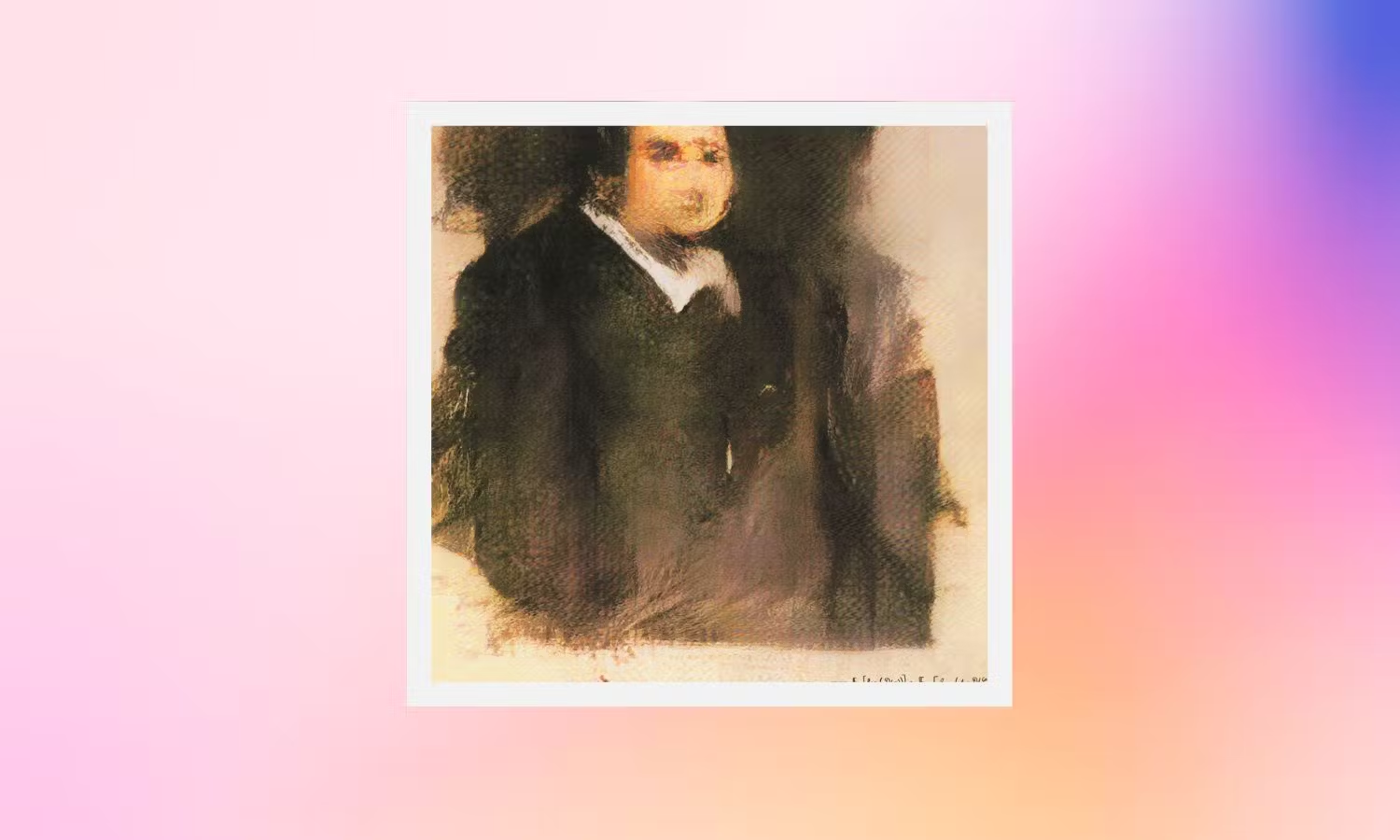
If you’ve been questioning what AI art is recently, you’re not alone. According to Google Trends, the phrase has skyrocketed in popularity as generative AI becomes more of a hot topic.
By now, it’s understandable if you’ve felt more than a little ‘AI fatigue’ hearing about ChatGPT several times a day, while its AI image-generating cousin DALL-E 2 is typically a bit lesser known.
Both are of course products created by OpenAI, an AI research company that has created a huge stir in the tech industry, with DALL-E considered one of the best AI art generators you can use to create awe-inspiring imagery.
But, what exactly is an AI art generator and, more specifically, how does it work to create the type of creative imagery we see shared across our screens? With the technology now attracting its fair share of praise and controversy, here’s everything you need to know about the medium.
What is Al art and what are AI art generators?
AI art is a form of digital art where the primary input involves entering a series of prompts into a generator tool to get the desired result.
It differs from other types of digital art where artists may scan or draw using a tablet and can include a number of techniques including digital drawings, photos and videos. This type of art can be fully realized using a digital medium, or by editing physical artworks.
AI art generators refers to the programs that create AI art and includes both text-to-image prompts and image-to-image where an existing image is modified.
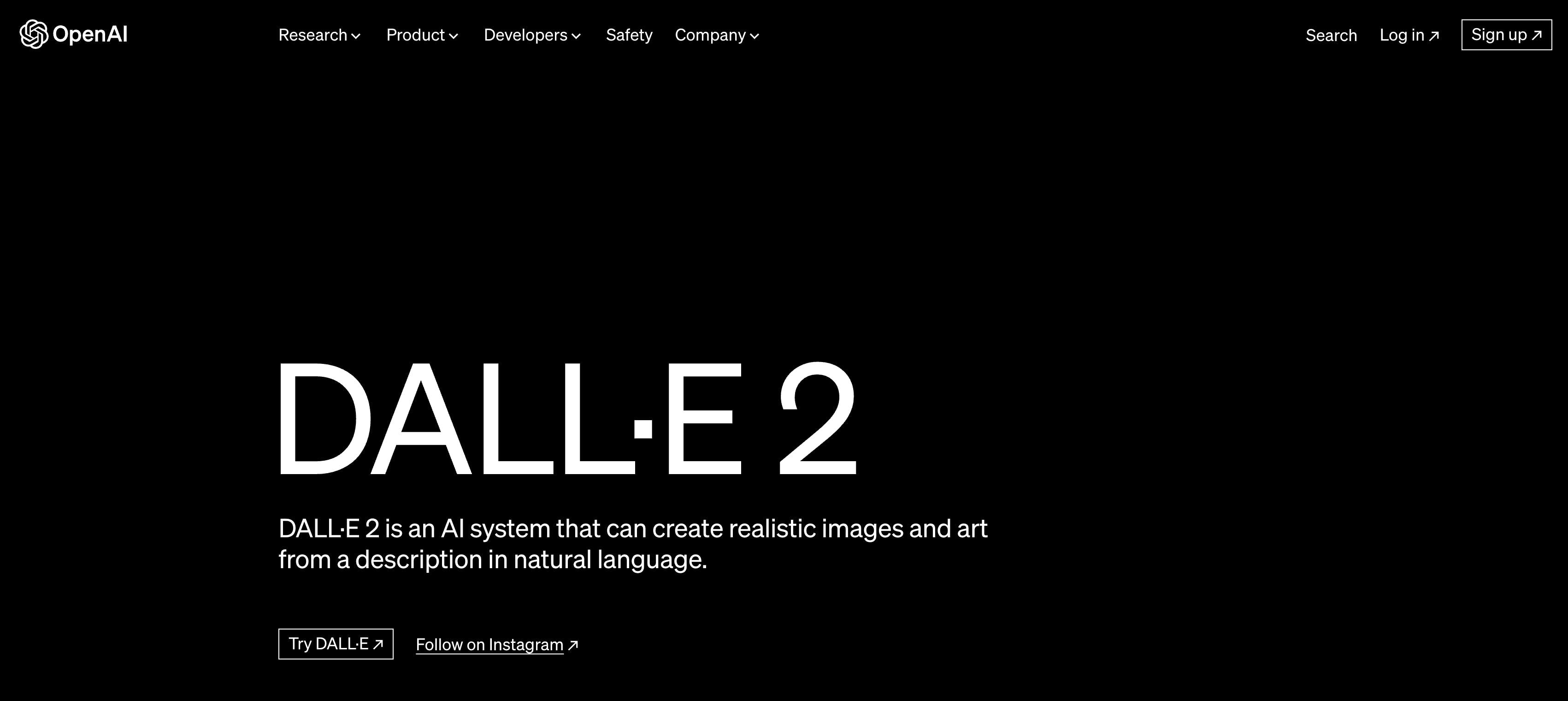
OpenAI
How is Al art created?
AI art is most commonly created by using text-to-image prompts in an AI art generator. These are typically short phrases that are then chained together to define what the artistic output should look like. You can find a good few examples to try out for yourself over in our AI art prompts guide.
AI art output is generated by the program’s training whereby existing art is used to help an AI art generator distinguish between styles and techniques.
The AI art generator will use what it learned to make new images or paintings based on those styles. It combines the patterns it learned with its own creativity to make unique artwork.
How do AI art generators work?
AI art generators work by using machine learning algorithms, specifically deep learning techniques, to create new artwork.
This is when a large dataset of existing paintings, drawings and other art are used to help the program differentiate between the different art styles and techniques. The more diverse the dataset, the better the AI can learn different styles and techniques.
AI art generators use neural networks, a learning method which teaches the program patterns, features, and relationships within the data that’s been provided. AI can then use what it’s learned to then generate new artwork based on these principles.
Are Al art generators free to use?
Several AI art generators are available for free use, including Microsoft Image Creator, NightCafe, and Craiyon. Among these, Microsoft Image Creator is often regarded as producing high-quality images, but it requires access through Bing using a Microsoft email address.
On the other hand, Craiyon offers easy accessibility without the need to download any application or sign up, although it can lack some level of detail. While free AI art generators can offer satisfactory quality and detail, they may not provide advanced features like the ability to incorporate complex prompts.
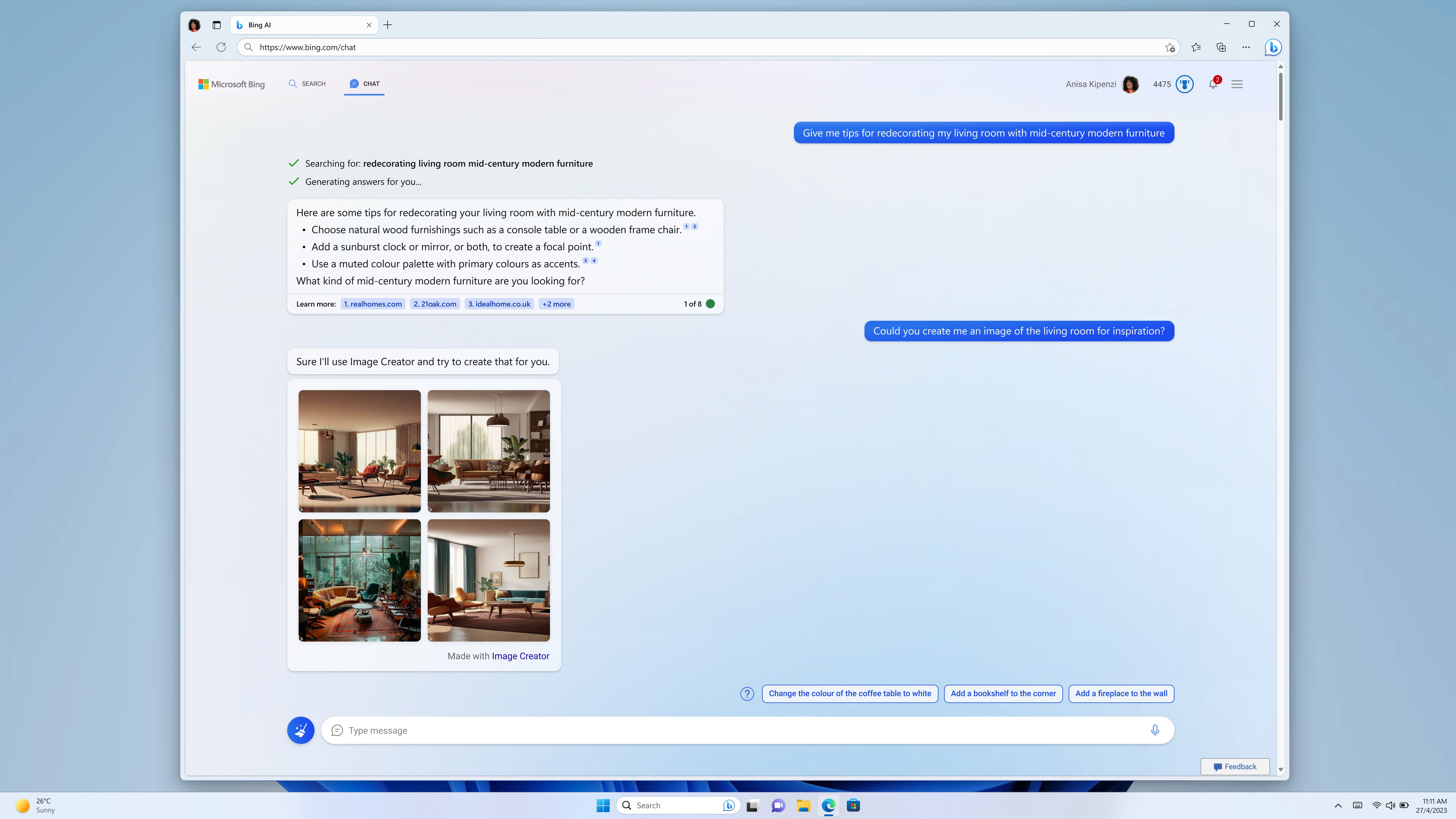
Microsoft Bing
What is the difference between Al art and human art?
AI art is generated by algorithms and machine learning models that replicate patterns and styles learned from existing artwork. Human art, on the other hand, is created by artists who express their unique perspectives, emotions, and cultural contexts. It conveys personal experiences, conceptual understanding, and social commentary.
Human art celebrates individuality, imperfections, and the human touch. AI art is computational and precise but can lack the depth, originality, and nuanced imperfections of human art.
History of AI art
AI art has been around a lot longer than you think. The medium has been around since the sixties, but has become increasingly popular in recent years.
In 1973, computer scientist Harold Cohen created a program called AARON, which was designed to generate abstract art. Since then, numerous other programs have been created, such as the Painting Fool invented in 2001 by Dr Simon Colton, which also follows a set of simple rules to generate artwork.
In the 2000s, AI art was popularized by artists such as Mario Klingemann, who used software to create complex artworks. In the 2010s, AI art became more accessible to the general public, with the emergence of AI art platforms such as Google's DeepDream in 2015, so-called because it uses algorithms to find and enhance patterns in images that create an almost dream-like appearance.
In 2018, GAN models gave users the opportunity to both modify and create new images using the technology, leading to an increase in AI art generators that allowed for editing or merging existing images, such as Artbreeder.
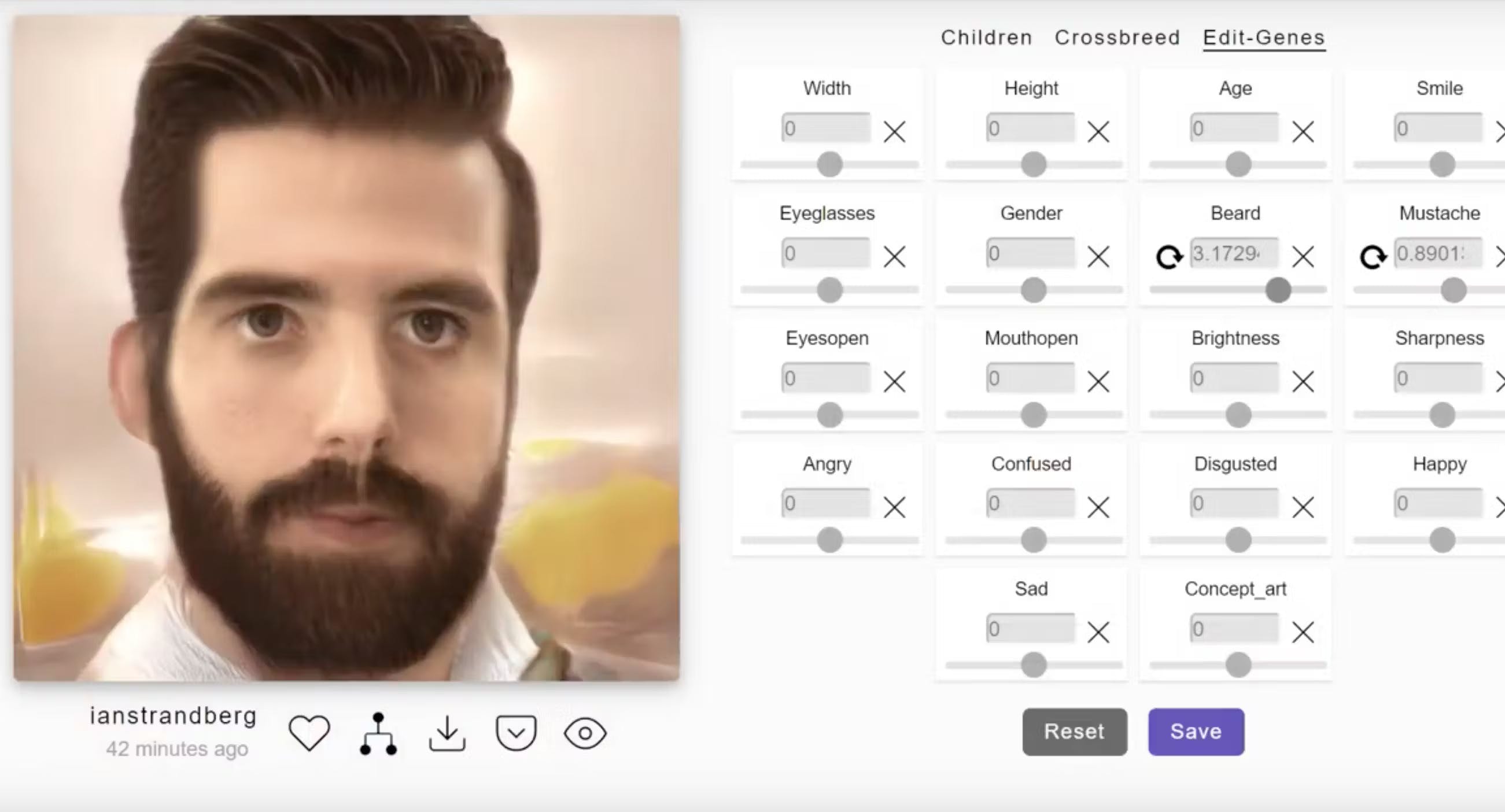
Artbreeder
How and when did AI art become popular?
According to Google Trends, AI art became increasingly popular in 2021, with the debut of OpenAI’s DALL-E, which gave anyone the opportunity to create realistic AI art using prompts.
This huge rise in popularity of AI between 2022 and 2023 saw the launch of new products in the field, including Stable Diffusion, Midjourney, Google’s Imagen, and notably, Adobe Firefly.
What is a famous example of Al art?
A famous example of AI art is the portrait of Edmond de Belamy which appears to be a finely painted masterpiece of a real person, but in actual fact is generated by artificial intelligence - the Belamy family don’t actually exist.
It was constructed in 2018 by Paris-based arts-collective Obvious using an algorithm that was trained on a set of 15,000 pre-twentieth century portraits from online art encyclopedia WikiArt. It was expected the art would sell for between $7,000 to $10,000 but it sold at auction for a staggering $432,000.
The artwork garnered some controversy after the sale when it emerged that the group had used open-source code from AI artist Robbie Barrat without any public credit.
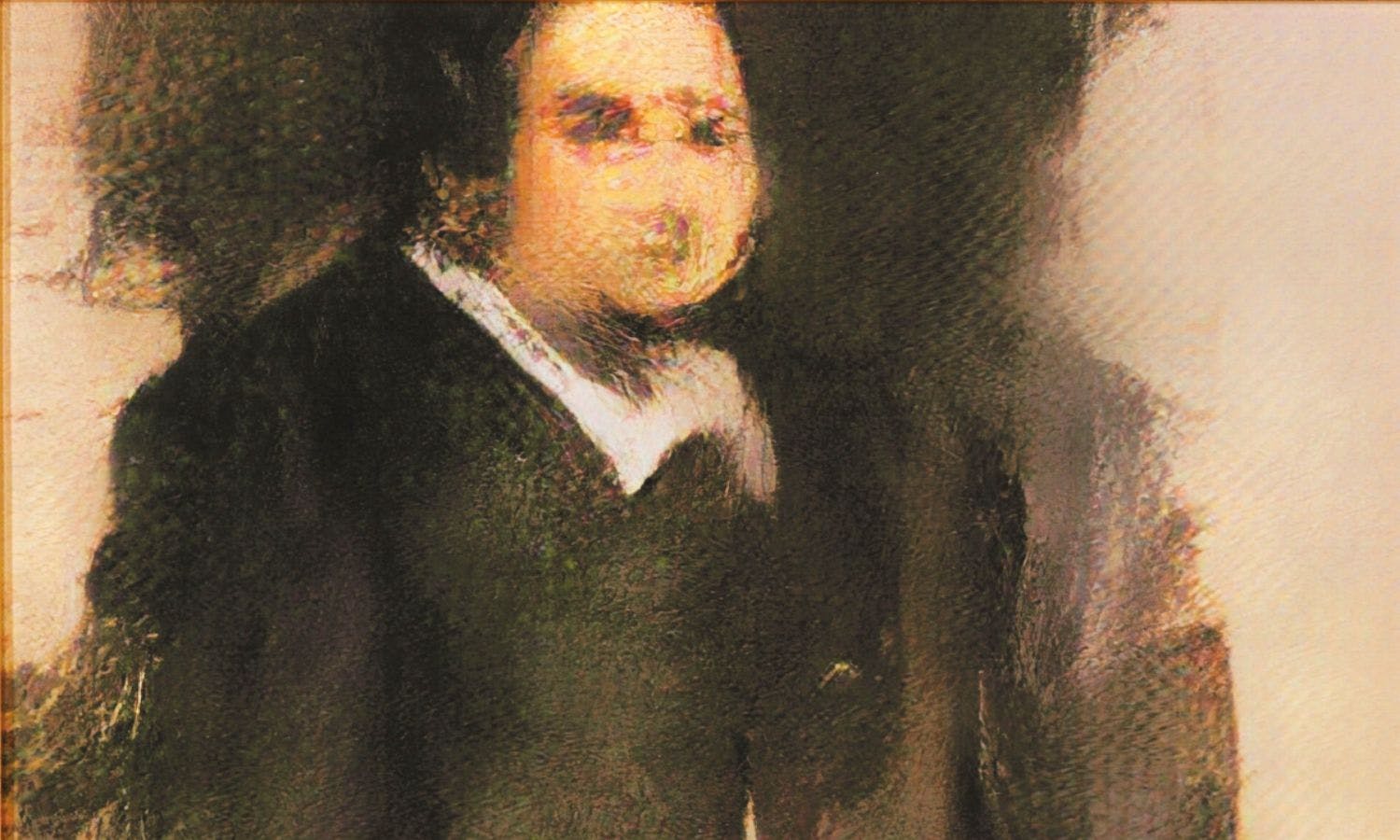
Wikipedia
Why is AI art controversial?
AI art generators have proved controversial because of copyright issues, questions around ownership and what constitutes creativity. As AI art generators can produce art in the style of artists living or dead, this has led to several copyright lawsuits.
There are concerns about the unauthorized use of artworks to train AI systems, which raises questions about the rights of artists. As AI art generators learn from user inputs, ownership of the generated content becomes uncertain. Furthermore, the emergence of AI-generated art has sparked discussions about the implications for human creativity when artistic creations are produced by artificial intelligence.
What are the pros and cons of AI art?
There are significant pros and cons of AI art depending on your point of view. For example, AI art allows anyone to create artistic imagery regardless of skill level, which is considered both advantageous and disadvantageous.
It’s easy to access an AI generator and get started, providing you have a little understanding of how to create a prompt. Not to mention, it’s quick to see results and easy to craft the exact output you want simply by changing your prompts up. Proponents of AI art would argue that it gives everyone the chance to explore new art styles and take part in the creative process.
Criticisms of AI art are that it can lack the depth, emotional expression, and conceptual understanding that comes from human artists. As AI art generators learn from a pre-existing dataset, some argue that AI-generated art lacks true originality or creativity.
AI art raises ethical questions regarding authorship, ownership, and intellectual property. It becomes challenging to determine who should be credited as the creator or owner of AI-generated artwork. The involvement of multiple artists, including the original dataset creators, programmers, and AI systems, can complicate legal and moral considerations.
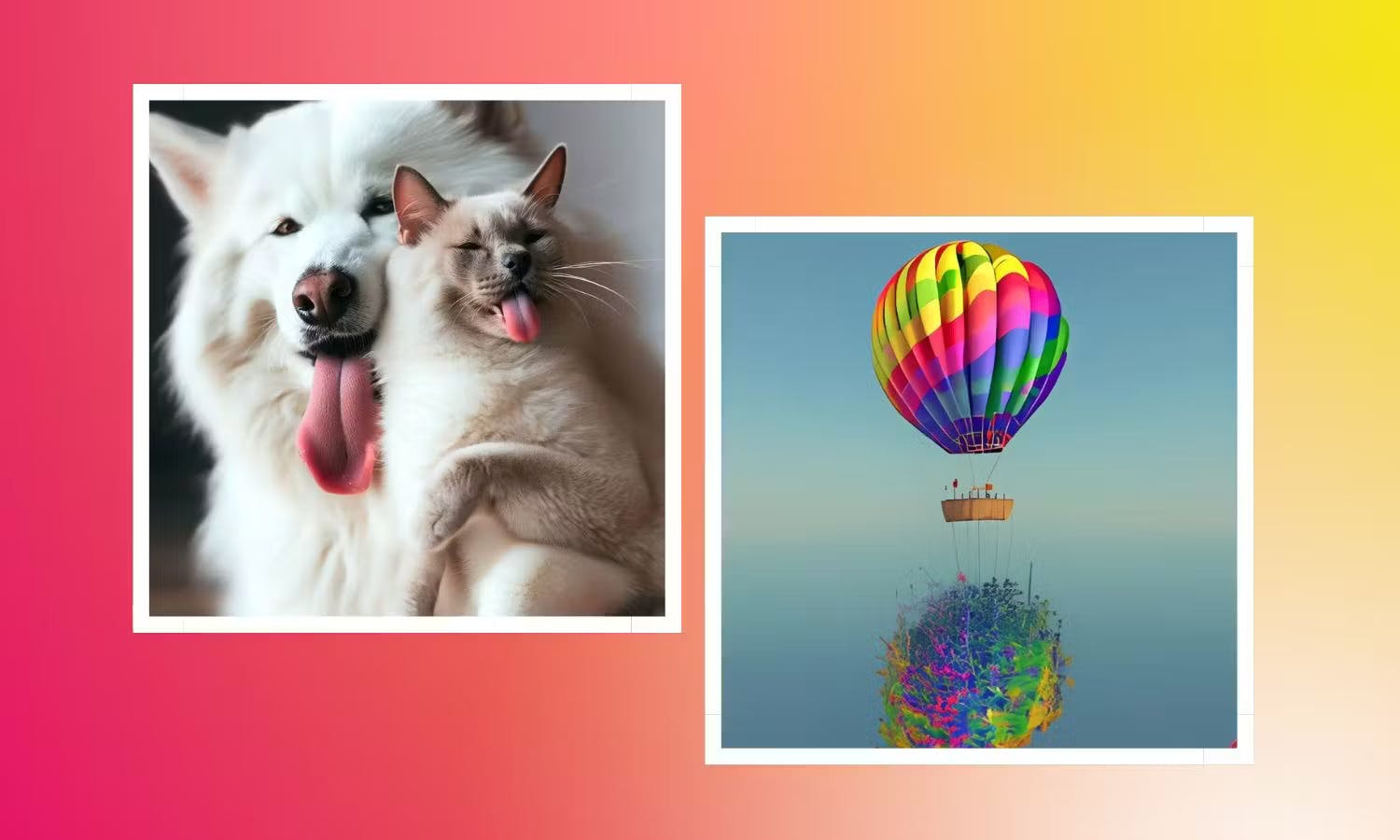
Examples of AI art generated by multiple AI art generators
Are Al generated images unique?
AI generated images can be considered unique in the sense that they are generated by an AI system and aren’t exact replicas of any existing artwork. AI algorithms use learned patterns, styles, and features from a given dataset to create new and original compositions. However, they are still based on the patterns and styles learned from the training data.
Therefore, while they may appear unique, they are still influenced by the existing artworks from which they were trained. AI art is a blend of the learned styles and the AI system's own creative interpretations.
AI-generated images are also influenced by user inputs or prompts. By providing specific guidelines or constraints, users can guide the AI system to generate images that align with their desired criteria, potentially resulting in a more customized and unique output.
Is AI art legal?
Using an AI art generator is completely legal, but there have been copyright lawsuits filed against AI companies.
In January 2023, three artists, Sarah Andersen, Kelly McKernan and Karla Ortiz, sued Stability AI, Midjourney, and DeviantArt, accusing them of mass copyright infringement by using the artists' work in generative AI systems. The companies requested the dismissal of the artists' proposed class action lawsuit, arguing that AI-generated images differ from the artists' work.
In March 2023, The US Copyright Office said they will consider an AI-generated work copyrightable if a human can prove they themselves put a meaningful amount of creative effort into the final content.
Can I protect my art from Al?
The ever-changing nature of AI technology certainly poses new challenges for protecting art but you can look to add visible watermarks or a signature to your artwork to discourage unauthorized use.
Consider defining the terms of use for your artwork and check what licensing options are available to help protect your rights. By specifying how your artwork can be used, distributed, or modified, you have more control over its usage and can potentially deter unauthorized replication or misuse.
In many countries, original artistic creations are automatically protected by copyright upon creation. Copyright grants you exclusive rights to your artwork, including reproduction, distribution, and public display. While AI-generated art can pose challenges in terms of authorship and ownership, your original artwork is still protected by copyright law.
If you believe that your art has been unlawfully replicated or used by AI systems, consulting with a legal professional specializing in intellectual property law can help you explore possible legal actions and remedies available to you.
Comments (34)
Justin Kwok
Software hacks at Bento Everboarding.
Fahmy Ebrahim
tech-expl.online
Amelia
You Can Buy Ozempic weight loss canada
Link Ladangtoto
Link Ladangtoto Terpercaya Nomor 1
So Artificial
Creating Guides Artificial Intelligence
More stories

Aaron O'Leary · Announcements · 2 min read
Introducing Shoutouts

Finn Lobsien · Opinions · 5 min read
Can Devin AI Replace Product Managers?

Aaron O'Leary · News · 2 min read
Meet Nvidia's new localized AI chatbot

Sarah Wright · News · 2 min read
The top 15 AI products from 2023


